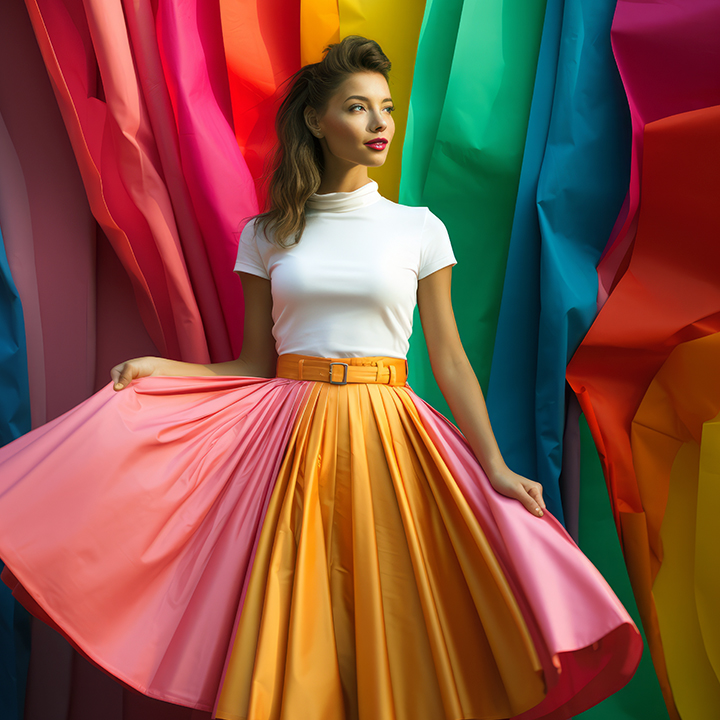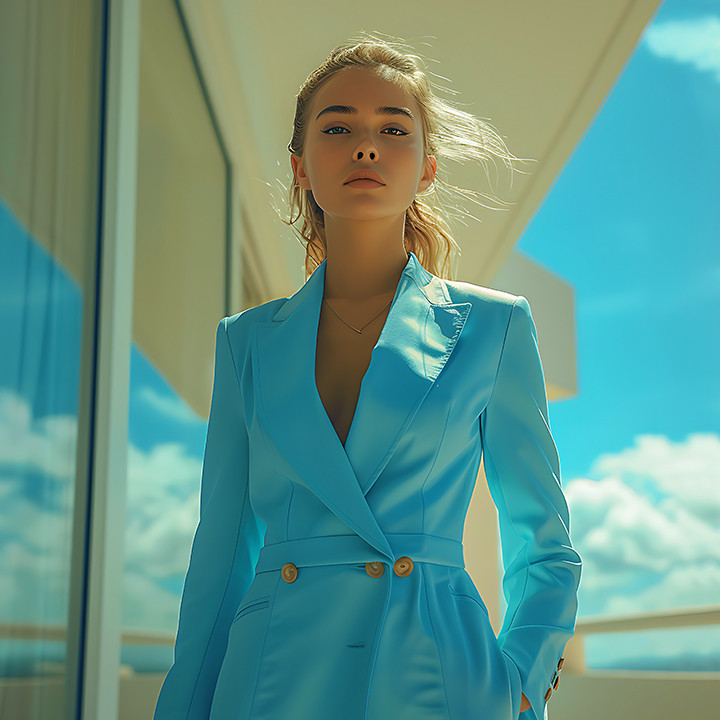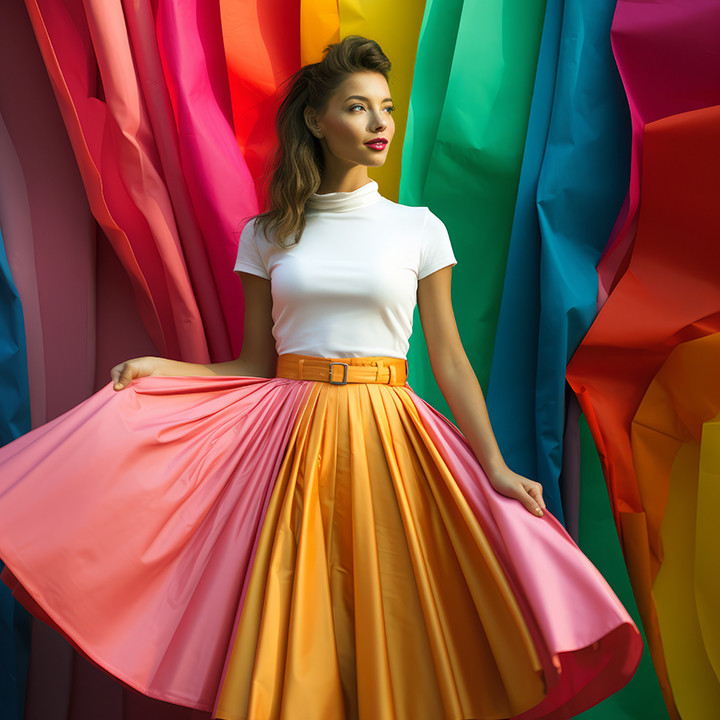
How to Mix and Match Colors Like a Pro: A Style Guide
Mastering the art of color coordination can transform your wardrobe, making your outfits look effortlessly stylish. Whether you want to keep it classic or experiment with bold hues, understanding color theory can help you mix and match like a pro. Here’s how to create visually appealing color combinations with confidence.
1. Understand the Color Wheel
The color wheel is the foundation of color matching. It consists of:
Primary colors: Red, blue, and yellow.
Secondary colors: Orange, green, and purple (created by mixing primary colors).
Tertiary colors: A mix of primary and secondary colors, like teal or magenta.
Using the color wheel, you can create harmonious combinations that elevate your outfits.
2. Stick to Classic Color Combinations
Some color pairings are timeless and always look great together:
Monochrome: Different shades of the same color (e.g., light blue with navy) for an elegant, cohesive look.
Analogous: Colors next to each other on the wheel (e.g., blue and green) for a naturally blended outfit.
Complementary: Opposite colors on the wheel (e.g., blue and orange) for a bold contrast that pops.
3. Use the 60-30-10 Rule
A balanced outfit follows this simple formula:
60% Main Color: The base of your outfit, like neutral pants or a blazer.
30% Secondary Color: Adds contrast, such as a colorful blouse or skirt.
10% Accent Color: Accessories like shoes, bags, or jewelry that provide a finishing touch.
This technique ensures a polished and well-balanced look.
4. Balance Bold and Neutral Colors
If you love bright colors but don’t want to overwhelm your outfit, pair them with neutrals like white, black, beige, or gray. For example, a red blouse looks chic with black trousers, while a mustard skirt pairs beautifully with a white top.
5. Experiment with Prints and Patterns
Mixing prints can add depth to your look, but keep these tips in mind:
Combine a bold print with a solid color from the pattern to create harmony.
Mix patterns of different scales (e.g., large florals with thin stripes) to avoid clashing.
Keep accessories simple when wearing multiple prints.
Mastering color coordination enhances your wardrobe versatility and personal style. With these techniques, you’ll confidently mix and match outfits that look effortlessly stylish and well-put-together.




